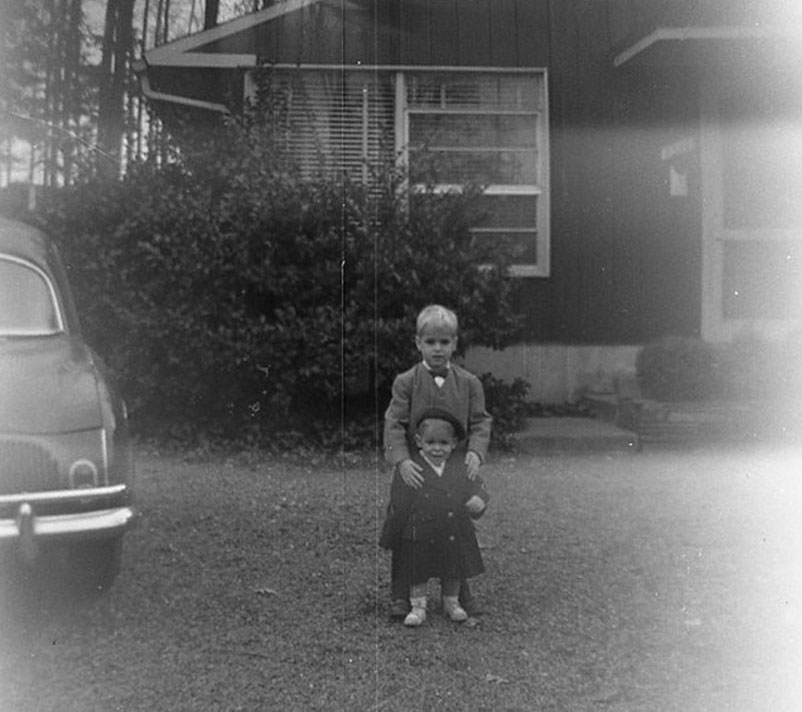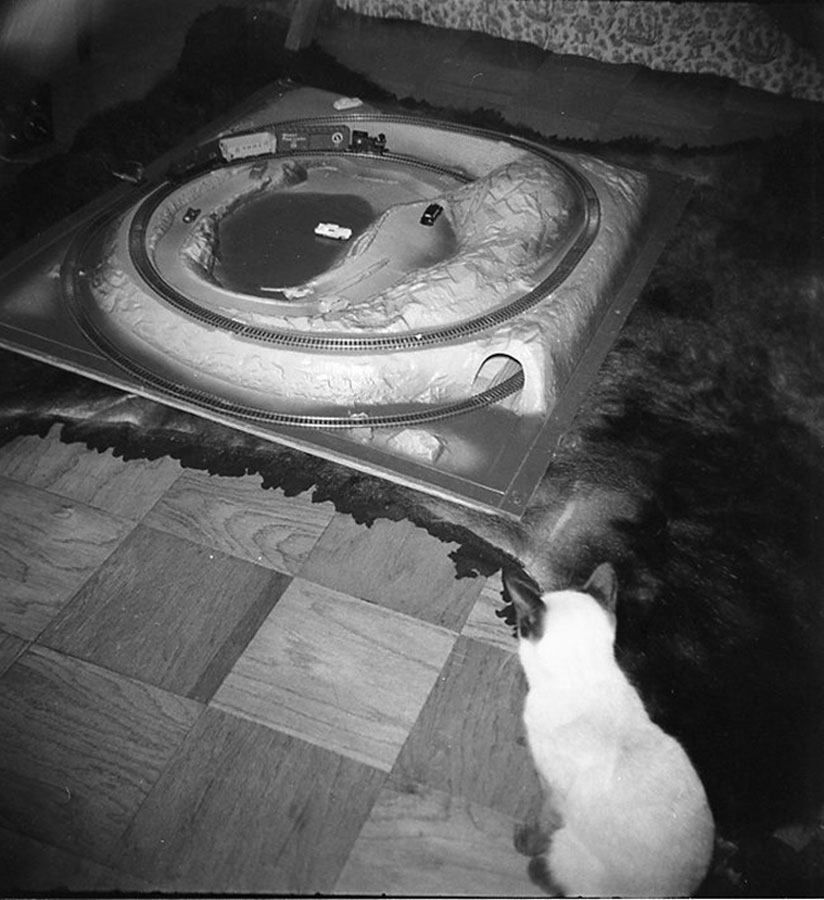
When I was nine years old I got my first camera through an offer on the back of a comic book. It wasn’t a Nikon.
However, although the camera was limited, it allowed me to take my first steps in the mysterious dance with time that is photography.
Not everyone feels driven to capture the fleeting moments in which we exist. But these days it’s hard to go anywhere without seeing someone taking a photo with their phone or camera or other device. The volume of images being made at this point in history must surely be the largest ever. And yet I wonder, of this bounty how many will be cherished in years to come?
As someone who grew up when “taking a picture” usually meant a break in the action, and often honored a significant event or gathering, the modern mania for documenting every passing second of one’s passage through life, including, but certainly not limited to, endless portraits of pets and pals, as well as selfies, I am bemused by my fellow humans and often delighted by their photos.
Still, the question remains: what will become of all these images? In the past, historians and archivists laboriously catalogued and preserved precious photos. But when the pixels pile up like grains of sand on a beach, will sheer volume be enough to guarantee a footnote in history? Or will these digital images be lost to oblivion like so many virtual sandcastles?
In the new televised version of Carl Sagan’s classic science series “Cosmos,” Neil deGrasse Tyson at one point uses a photograph to illustrate the concept of space/time. He describes how light moving through space could be carrying images from all of history, so that, in theory, if you could travel faster than the speed of light (big if) you could conceivably catch up with your past self and perhaps have a chat with your long lost parents or whomever. Right. In a sci-fi universe all things are possible.
Here and now, in our everyday “can-I-put-you-on-hold?” universe, time isn’t so easy to stop, much less slow down enough to catch. Unless you own a camera or better yet a really smart phone.
I didn’t get a “real” camera until I was in college, where I learned to use a dark room and went through a phase of trying to take “artistic” photos. But film and darkroom chemicals and paper had to be bought, and money was scarce, so I never shot photos with the kind of wild abandon that kids today take for granted. As a result, the few photos I have from those early days actually are precious to me. And the older I get the more precious they become.
Some people think photos are a waste of time and space, a self-indulgent exercise in vanity and self-promotion. Surely some of them are. Maybe a lot of them. I went through a period in my cocky youth when I rarely if ever took photographs of anything. I was into letting go of possessions, living in the moment, all that Zen crap. I’ve had plenty of time to kick myself since then.
Thus, when my kids came along, I went nuts with the photos. I’ve got shoeboxes full of them. Sometimes I can barely stand to look at them because each one brings back a world of memories. And you know how it is with memories. They’re always blended, joy and pain woven tighter than a starlet’s red carpet gown. Lights, cameras, tears.
I have tried to stop taking so many pictures. I’ve thought about why I do it, and I believe it as a lot to do with the recognition that all of this — life, the universe, and everything — from ice cream cones to puppies and roses — cannot last forever. But a photo? Those shoeboxes will be orbiting Neptune when I’m long gone. And time traveling me of the future will be so happy to open them and see those faces I will never forget.
